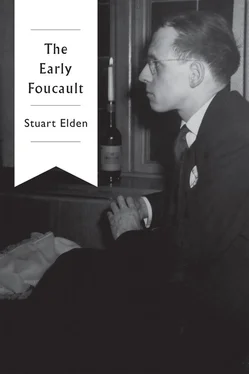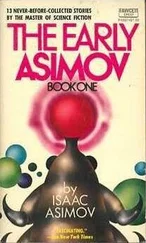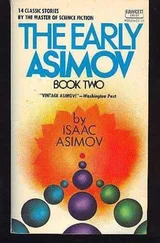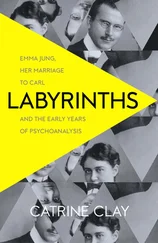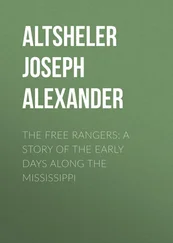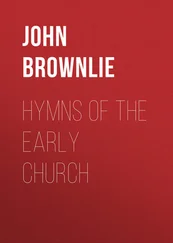Louis Althusser, Georges Canguilhem and the Agrégation
After the education in philosophy and psychology, the next stage of Foucault’s training was the extensive study required for the agrégation de philosophie , which would allow him to teach. It was through this examination that Foucault became close to Althusser and had his first significant encounter with Canguilhem. Althusser passed the agrégation himself in 1948, coming first on the written part and second on the oral, and immediately began teaching at the ENS. 168Althusser took the role of agrégé-répétiteur , a director of studies or ‘ caïman ’ in ENS-slang. As Alan Schrift notes, the meaning of caïman is contested, referring either to the Cayman Islands or a species of alligator used as a nickname for a cruel instructor. 169At the time Althusser was relatively unknown, and his major works all appeared some years later. Foucault attended some of Althusser’s courses, including one on ‘Le Droit’, 170which seems to be an earlier iteration of the work that informed Althusser’s short book on Montesquieu in 1959 and his courses on the history of political thought. 171Yet Althusser’s influence on Foucault was most significant in the training classes for the agrégation . Like many of his students, Foucault joined the PCF under his influence too (DE#281 IV, 50–1; EW III, 249–50). 172
The agrégation comprised three written papers, usually scheduled for 8am to 3pm, on a Monday, Wednesday and Friday in a single week in the summer. The first two papers were on general themes in philosophy; the third was an historical one. These texts were then marked by two examiners, and between 1 in 4 and 1 in 6 students passed – admissibles . If they passed the written part, a couple of weeks later the candidate would then attend an oral exam where they had to speak on a topic chosen by lot from a number of potential themes, followed by another extemporized leçon (a grande and petite leçon ) and commentaries on texts in modern and classical languages. For the leçon they were given six hours research time in the Sorbonne library, then had to present a fifty-minute lecture to the jury. The explication de texte required one French, one Latin, and one Greek, the last of which could be replaced by an English or German text. It was the language of the text on the programme, sometimes in translation, which was significant here. For the explication they were given one-hour’s preparation time and had to present for thirty minutes. 173
The students had some prior knowledge of the thinkers and themes to be studied, with the programme announced the year before, and about half the curriculum changing each year. For 1950, the authors set for the written part were Plato, David Hume, Kant, and Auguste Comte, with a range of specific texts for the oral – ones by Plato, Aristotle, Cicero, Seneca, Leibniz, Descartes, Comte, Jules Lachelier, Psychologie et Métaphysique ; Émile Boutroux, L’Idée de loi naturelle ; Léon Brunschvicq, Les Ages d’intelligence . For candidates not working with Greek, those texts could be replaced either by the first book of Kant’s Critique of Practical Reason and the third of Schopenhauer’s The World as Will and Representation , or Berkeley’s Three Dialogues and the first three books of Hume’s A Treatise of Human Nature . 174For 1951 the main authors were Plotinus, Spinoza, Hume, Comte and Bergson. For the written part, the texts were by Plato, Plotinus, Cicero, Seneca, Spinoza, Descartes and Brunschvicq, along with French translations of Kant and Hegel. For those not taking Greek, there were texts from Kant, Schopenhauer, Berkeley and Hume. 175Clearly an unsuccessful candidate in one year already had a head start for the next, although the curriculum was still formidable. The written parts in 1950 were on the notion of personality; affective memory; and the positivist spirit of Comte; 176and in 1951 on experience and theory, perceptual activity and intelligence, and a supposed dialogue between Bergson and Spinoza on the themes of time and eternity. 177
The topics chosen for the agrégation are significant, leading to the specialized and sustained study of entire bodies of work by students, as well as the publication of studies on the thinkers chosen by academics. 178These processes, as Schrift has discussed, thereby help to cement and shape a canon. 179At the ENS, Althusser was the key person preparing students for the examination, and as well as his teaching, he would take students away to the Royaumont abbey just north of Paris in the first half of July for intensive preparations. 180
The president of the agrégation jury was Canguilhem. This was part of his role as Inspector General of philosophy in the French higher education system 1948–55. This was a period when he did not give his own courses. 181Before this Canguilhem taught at Strasbourg and, while he succeeded Gaston Bachelard at the Sorbonne, he only moved there in November 1955, by which time Foucault was already in Uppsala. This helps to set some of the claims of the relation in context. It is sometimes said that Canguilhem was Foucault’s teacher in the 1950s, supervisor of his doctoral thesis on madness, and that Bachelard’s influence on Foucault comes through him. 182None of these things are straightforwardly true. There is no evidence that Foucault attended any courses: Canguilhem was not teaching when Foucault was in Paris, and the files at the BNF do not contain any notes.
Bachelard is well known as a philosopher and historian of science, whose work on mathematics and physics set agendas and standards for French studies in epistemology. Cavaillès and Canguilhem were two key figures who followed his lead. Canguilhem’s doctoral thesis on the concept of the reflex was supervised by Bachelard and published in 1955. 183The Bachelard–Canguilhem–Foucault lineage has been widely discussed, including by Foucault himself, 184though there is a danger of reducing all three under the rubric of a ‘historical epistemology’. There are undoubtedly connections, and as Macey has suggested, ‘the notion of the history of a discourse pronouncing upon its validity . . . locates Foucault’s history of psychology firmly within an epistemological tradition within the history of science’ – of which Canguilhem is a key figure. 185However the causal link has become a critical commonplace. Through Jacqueline Verdeaux, Foucault knew Bachelard in person well before he wrote the History of Madness (see Chapter 4). His interest in Bachelard’s work was not just in the philosophy of science, of which Canguilhem was an obvious continuation, but also his work on the elements and poetics, which connected to a rather different strand of French thought.
Indeed, while Foucault certainly found Canguilhem’s work of interest, it is not clear how well he knew it, and at what time. In 1978 Foucault notes that Bachelard was not his teacher, but that he read his books, and that much later Canguilhem became a key influence (DE#281 IV, 56; EW III, 255–6). Foucault knew On the Normal and the Pathological in the 1950s, as it is mentioned in a draft of Maladie mentale et personnalité , and there are notes on it filed with materials on psychology and biology from that period. 186However his more detailed engagement seems to have come later. In 1965 Foucault tells Canguilhem that ten years before, when he began work, he barely knew his books. 187In addition, the relation was far from one way: Foucault’s History of Madness and Birth of the Clinic were important for the reshaping of On the Normal and Pathological in 1966. 188The original version had been Canguilhem’s thesis for his doctorate in medicine in 1943, submitted to the University of Strasbourg, which was then in exile in Clermont-Ferrand due to the Nazi occupation. It was reissued in 1950, and then with new material in 1966. 189This was by far the best known of his books. Foucault references the 1952 collection Knowledge of Life in The Order of Things , 190and La Formation du concept de réflexe in The Archaeology of Knowledge . 191While many individual essays appeared beforehand, Canguilhem’s two important collections of studies on the history and philosophy of sciences did not appear until 1968 and 1977. 192The thesis story will be discussed in Chapters 7and 8.
Читать дальше
